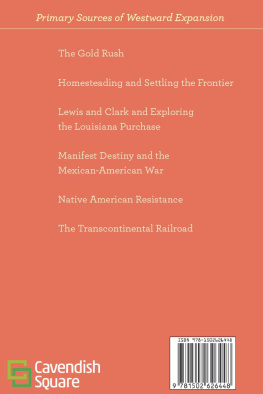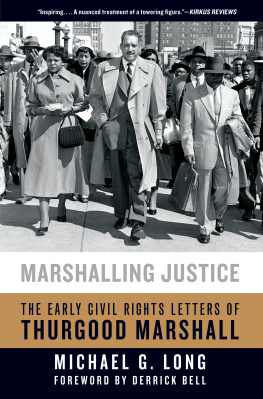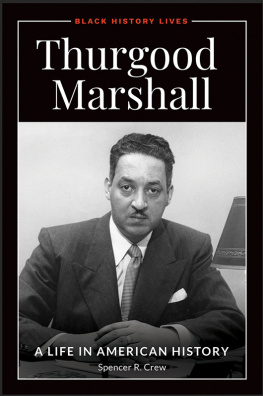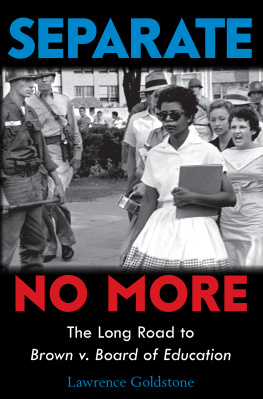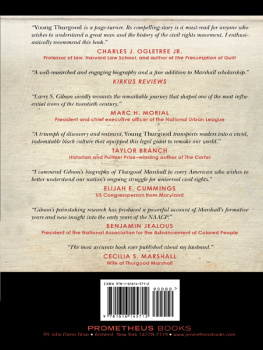Zachary Deibel - Thurgood Marshall and Brown V. Board of Education of Topeka
Here you can read online Zachary Deibel - Thurgood Marshall and Brown V. Board of Education of Topeka full text of the book (entire story) in english for free. Download pdf and epub, get meaning, cover and reviews about this ebook. year: 2017, publisher: Cavendish Square Publishing, LLC, genre: Politics. Description of the work, (preface) as well as reviews are available. Best literature library LitArk.com created for fans of good reading and offers a wide selection of genres:
Romance novel
Science fiction
Adventure
Detective
Science
History
Home and family
Prose
Art
Politics
Computer
Non-fiction
Religion
Business
Children
Humor
Choose a favorite category and find really read worthwhile books. Enjoy immersion in the world of imagination, feel the emotions of the characters or learn something new for yourself, make an fascinating discovery.
- Book:Thurgood Marshall and Brown V. Board of Education of Topeka
- Author:
- Publisher:Cavendish Square Publishing, LLC
- Genre:
- Year:2017
- Rating:5 / 5
- Favourites:Add to favourites
- Your mark:
- 100
- 1
- 2
- 3
- 4
- 5
Thurgood Marshall and Brown V. Board of Education of Topeka: summary, description and annotation
We offer to read an annotation, description, summary or preface (depends on what the author of the book "Thurgood Marshall and Brown V. Board of Education of Topeka" wrote himself). If you haven't found the necessary information about the book — write in the comments, we will try to find it.
Thurgood Marshall and Brown V. Board of Education of Topeka — read online for free the complete book (whole text) full work
Below is the text of the book, divided by pages. System saving the place of the last page read, allows you to conveniently read the book "Thurgood Marshall and Brown V. Board of Education of Topeka" online for free, without having to search again every time where you left off. Put a bookmark, and you can go to the page where you finished reading at any time.
Font size:
Interval:
Bookmark:

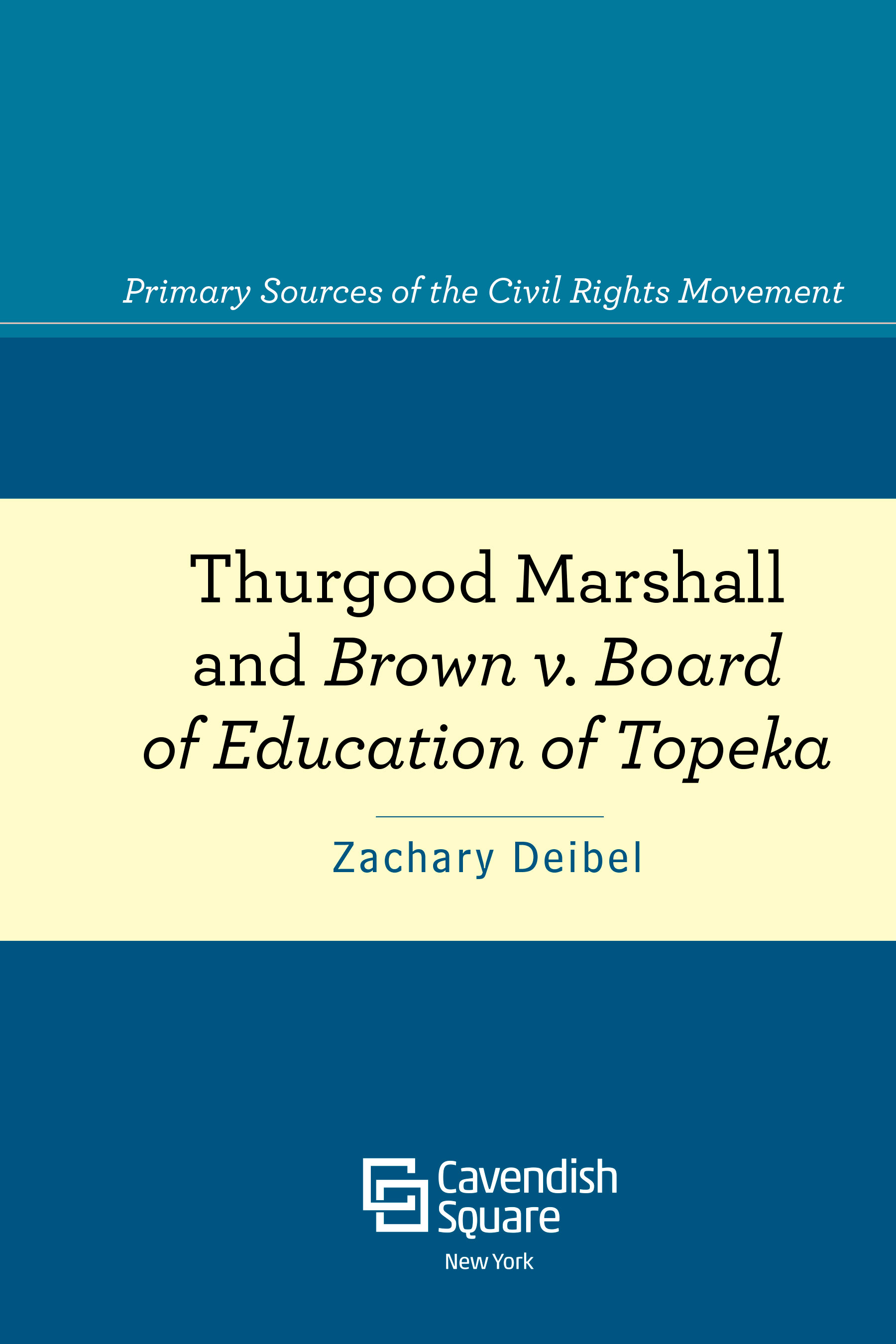
Dedication: To my mother.
None of us got where we are solely by pulling ourselves up by our bootstraps. We got here because somebodya parent, a teacherbent down and helped us pick up our boots.
-Justice Thurgood Marshall
Published in 2017 by Cavendish Square Publishing, LLC 243 5th Avenue, Suite 136, New York, NY 10016
Copyright 2017 by Cavendish Square Publishing, LLC
First Edition
No part of this publication may be reproduced, stored in a retrieval system, or transmitted in any form or by any meanselectronic, mechanical, photocopying, recording, or otherwisewithout the prior permission of the copyright owner. Request for permission should be addressed to Permissions, Cavendish Square Publishing, 243 5th Avenue,
Suite 136, New York, NY 10016. Tel (877) 980-4450; fax (877) 980-4454.
Website: cavendishsq.com
This publication represents the opinions and views of the author based on his or her personal experience, knowledge, and research. The information in this book serves as a general guide only. The author and publisher have used their best efforts in preparing this book and disclaim liability rising directly or indirectly from the use and application of this book.
CPSIA Compliance Information: Batch #CS16CSQ
All websites were available and accurate when this book was sent to press.
Library of Congress Cataloging-in-Publication Data Names: Deibel, Zachary, author.
Title: Thurgood Marshall and Brown v. Board of Education / Zachary Deibel. Description: New York: Cavendish Square Publishing, 2016. | Series: Primary sources of the civil rights movement | Includes bibliographical references and index. | Description based on print version record and CIP data provided by publisher; resource not viewed. Identifiers: LCCN 2015048470 (print) | LCCN 2015048095 (ebook) |
ISBN 9781502618672 (ebook) | ISBN 9781502618665 (library bound)
Subjects: LCSH: Marshall, Thurgood, 1908-1993. | Judges--United StatesBiography. | United States. Supreme CourtBiography. | Brown, Oliver, 1918-1961Trials, litigation, etc. | Topeka (Kan.). Board of EducationTrials, litigation, etc. | Segregation in education Law and legislationUnited States. | Discrimination in educationLaw and legislation United States. | African AmericansCivil rights. Classification: LCC KF8745.M34 (print) | LCC KF8745.M34 D45 2016 (ebook) | DDC 344.73/0798dc23 LC record available at http://lccn.loc.gov/2015048470
Editorial Director: David McNamara Editor: Fletcher Doyle Copy Editor: Nathan Heidelberger Art Director: Jeffrey Talbot Senior Designer: Amy Greenan Production Assistant: Karol Szymczuk Photo Researcher: J8 Media
The photographs in this book are used by permission and through the courtesy of: Thomas J. OHalloran, U.S. News & World Report Magazine/Library of Congress/File:Thurgood Marshall 1957-09-17.jpg/Wikimedia Commons, cover; Afro American Newspapers/ Gado/Getty Images, 6, 15, 16; Hulton Archive/Getty Images, 8; Museum of Science and Industry, Chicago/Getty Images, 10; Library of Congress Prints and Photographs Division Washington, D.C., 12; Cornell Capa/The LIFE Picture Collection/Getty Images, 14; Picture History/Newscom, 19, 21; Carl Iwasaki/The LIFE Picture Collection/Getty Images, 25; AP Photo, 27, 36, 37, 47; New York World-Telegram and the Sun Newspaper Photograph Collection/ Library of Congress Prints and Photographs Division Washington, D.C., 28; Francis Miller/The LIFE Picture Collection/Getty Images, 30; AP Photo/Lawrence Jackson, 31; AP Photo, file, 32; AP Photo/stf, 38; AP Photo/Henry Griffin, 40; AP Photo/Walt Zeboski, File, 42; ullstein bild/ullstein bild via Getty Images, 45; Diana Walker/Time & Life Pictures/Getty Images, 50; The Strobridge Lith. Co., c1888/Library of Congress Prints and Photographs Division Washington, D.C., 53.
Printed in the United States of America
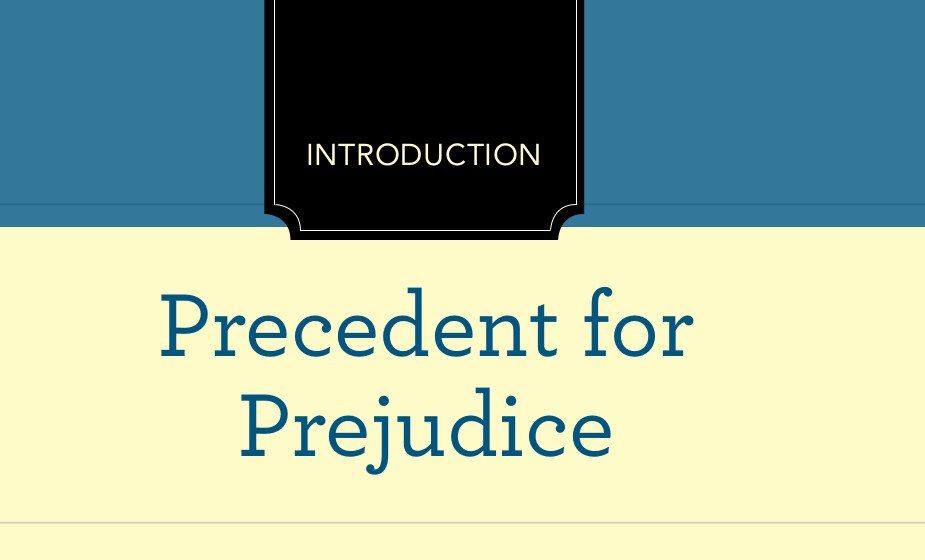
S tarting in the late 1800s, people and history combined to push large social, political, and economic changes on American society. World War I and World War II increased the influence of the United States on the rest of the world. The countrys economy grew, particularly after the Great Depression, as business markets became global.
By the 1950s, the United States had expanded the rights of factory and farm workers; amended the Constitution to guarantee womens suffrage, which is the right to vote in national elections; and built organizations like the Social Security Administration to help the poor and the elderly. However, most of these efforts ignored a significant portion of the US population: African Americans.
Despite the result of the Civil War, African Americans continued to experience inequality, injustice, and oppression through the mid-1900s. After that war, Congress passed three Reconstruction Amendments to the United States Constitution. The Thirteenth Amendment ended slavery, the Fourteenth Amendment guaranteed citizenship and equal protection under the law to all individuals born or naturalized in the United States, and the Fifteenth Amendment protected the right to vote for all male citizens, regardless of race. However, in the newly reunited South, many people and institutions remained resistant to these changes. They sought to undermine legal provisions for equality through segregation.
In 1896, Homer Plessy, a resident who was seven-eighths white and one-eighth black, sued Louisiana for racially segregating its railway system. The state required that seating and sleeping areas for black train passengers be separated from those for white passengers. In the majority opinion for the Supreme Court of the United States , Justice Henry Billings Brown argued that segregation was not, fundamentally, unconstitutional. Plessys attorneys argued the policy violated both the Thirteenth and Fourteenth Amendments; the court asserted it did not. In its ruling in Plessy v. Ferguson, the court essentially legalized segregationthe enforced separation of society based on race.
Though the Supreme Court did not think that the enforced separation of the two races stamp[ed] the colored race with a badge of inferiority, the Southern states used segregation to put African Americans at a disadvantage politically, socially, and economically. As a result of the ruling, nearly every state in the South passed laws segregating buses, trains, hotels, restaurants, movie theaters, and many other public and private institutions. Public schools became a key area in which Southern states aimed to enforce and enlarge segregation. Many states forbid the mixing of racial groups in education.
For nearly a century after the Civil War, Southern states used many legal precedents to justify segregation in schooling. At the same time, these states provided inferior education to black citizens. Reformers would see the true inequality that existed in Southern school systems.

African-American children clean the grounds of their school in 1896 after Plessy v. Ferguson. The resources given to these schools were far inferior to those provided to schools for white students.
However, the federal government ultimately did little to end these practices of segregation. In fact, theories of racial hierarchy dominated the period. Herbert Spencer argued other races were subspecies to those of white descent. Ideas like these revealed the intense racism of the period. From the end of the Civil War through the 1960s, African Americans faced legal disadvantages and oppression, all of which went against the promises of freedom after the Civil War. This was the reality for many Americans, a reality that prompted figures like Thurgood Marshall to push for equality under the law and an end to racism.
Font size:
Interval:
Bookmark:
Similar books «Thurgood Marshall and Brown V. Board of Education of Topeka»
Look at similar books to Thurgood Marshall and Brown V. Board of Education of Topeka. We have selected literature similar in name and meaning in the hope of providing readers with more options to find new, interesting, not yet read works.
Discussion, reviews of the book Thurgood Marshall and Brown V. Board of Education of Topeka and just readers' own opinions. Leave your comments, write what you think about the work, its meaning or the main characters. Specify what exactly you liked and what you didn't like, and why you think so.


